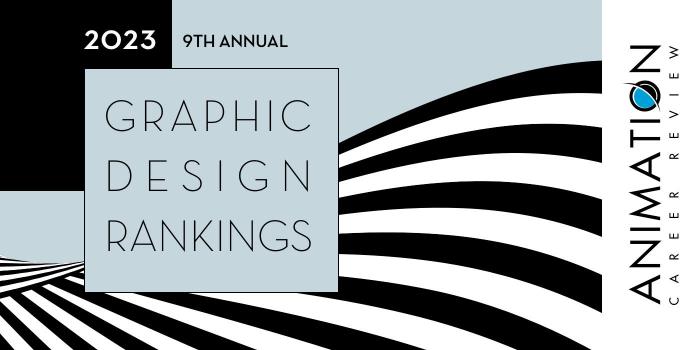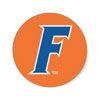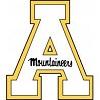Clemson University (Clemson) houses the Wilbur O. and Ann Powers College of Business, home to the Department of Graphic Communications, which has two paths to study Graphic Design. At the undergraduate level, the College has a Graphic Communications BS Program that serves 400 students. Program benefits include access to a 14,000-square-foot main laboratory and two additional state-of-the-art labs equipped with packaging and printing equipment; collaborative projects with students in the Packaging Science Department; access to the Sonoco Institute, which hosts workshops, classes, and seminars; and the opportunity to add a Brand Communications, Packaging Science, or Business Administration Minor.
Course examples for the program include Graphic Communications I-II, Planning and Controlling Printing Functions, Current Developments and Trends in Graphic Communications, Package and Specialty Printing, Digital Imaging, Marketing, Junior Seminar in Graphic Communications, and Technical Writing.
In addition to a summer Co-op Education requirement, a major component of the Clemson Graphic Communications BS is the Internship Program. Students are required to hold an industry internship for at least two semesters before graduating. The Department hoss an Intern employer Day each semester, providing the opportunity to interview with representatives from more than 40 companies.
Graduates of the Graphics Communications BS Program at Clemson University have gone on to pursue graduate study at Savannah College of Art & Design (SCAD) and Wake Forest University. Others have been hired at places such as Newell Brands, The Hughes Agency, R.R. Donnelley, Horizon Investments, and Boston Beer Company.
The Clemson University Graphic Communications MS Program has both Thesis and Non-Thesis options. The Thesis option requires 33 credit hours to graduate. Non-Thesis students will complete 30 credit hours. Core courses for both options include Current Developments and Trends in Graphic Communications, Package and Specialty Printing, Commercial Printing, Graphic Communications Graduate Seminar, and Research Problems I-II.
The Thesis option requires the Master’s Thesis Research course. The Non-Thesis option requires Graphic Communications Research Problems I-II. For students without relevant work experience, an industrial internship is a required for both options.
Graduates of the Graphic Communications MS at Clemson University are placed in creative, technical, and scientific positions; sales, marketing, and customer service; packaging, printing, and publishing; and academic and management.
For students seeking a program that provides a foundation in Art, Clemson University has a Fine Arts Program with BA and BFA pathways. Housed in the College of Architecture, Arts, and Humanities’ Department of Art, both programs are accredited by National Association for Schools of Art & Design (NASAD).
The Art BA is a Liberal Arts program that allows students to customize their studies with a double major or minor in any area. Students may also choose an emphasis such as Digital Art or Design Media. The Visual Arts BFA offers emphasis areas such as New Media, Drawing, Printmaking or Photography, with complementary coursework in Graphic Design and Animation.
Program benefits for both pathways include the visiting artist series, access to Lee Gallery, the annual field trip to art centers such as New York City, the four-week summer school in Orvieto, Italy, and the opportunity to exhibit works in the Lee Art Gallery in the senior year or the programs. In addition, Clemson Art students regularly display their work in national and regional venues, as well as locally in the Pendleton and Greenville arts districts.
Graduates of the Clemson University Art and Visual Arts Programs work at art museums and galleries, for publications, and in public relations, exhibit design, graphic design, illustration, art therapy, media, retail, animation and cartoons, and art journalism. Recent employers include Anthropologie, GDC Home, Museum of the Cherokee, Kaleidoscope Design Factory, and Greenville County Schools.
Some program alumni have gone on to pursue graduate study at Northwestern University, Columbus College of Art and Design (CCAD), Sotheby’s Institute of Art, University of Georgia, and Christie’s Education.
Founded in 1889, Clemson University opened in 1893 as Clemson Agricultural College. On the first day of classes, the school welcomed 446 students. Today, Clemson serves approximately 27,340 students enrolled in 80+ majors, 90+ minors, and more than 130 graduate degree programs. Clemson University is accredited by the Southern Association of Colleges and Schools Commission on Colleges (SACSCOC).




















































